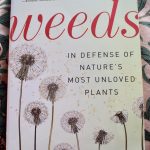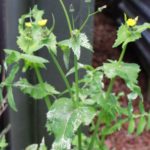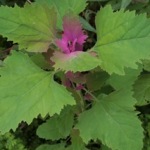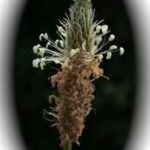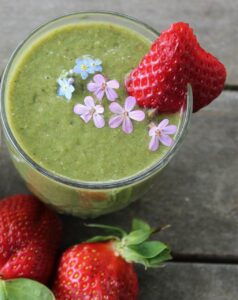
Summer green smoothie
I wanted to share some amazing new things I’ve learned about water, hydration and fascia. We know that water can be a liquid, or a vapour or solid as ice. Did you know though, there is a fourth phase of water that has largely been over-looked? This fourth phase is a gel, an electric plasma which conducts electrical impulses transferring information through the fascia around the body. What is fascia? Fascia is the inner webbing surrounding everything within us, that holds us all together. It’s not our skin that is doing this. We are made up of tiny little bags of water inside our body that are rubbing up against each other. This friction creates an electrical charge that changes the water in the spaces around the cells into a gel. It turns out we are liquid fluid plasma entities with stick like bones inside of us to help us walk on land. I found this to be a very different perspective from seeing our human bodies as muscles hanging on bones.
This gel is not only surrounding all of our cells but it is also in plants. Desert dwelling indigenous people cannot drink 8 glasses of water a day so where do they source their water? They don’t go looking for water, but they do go looking for certain plants. The Kalahari Bushmen dig up specific roots along their trails. In the Peruvian desert they use Yucca which have roots that actually look like thermos bottles and in the Sierra Madres the Tarahumara people use seeds from a plant named chia, a desert sage. All these plants are high gel releasing plants which evolve and adapt and we benefit from their evolutionary intelligence.
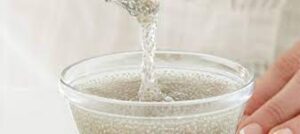
Chia seed gel
The Pollack water lab at the University of Washington found that around a chia seed there is more than twice the volume of this gel which is actually H3O2. I love to eat soaked chia seeds and now I know that this desert plant Salvia hispanica contains a denser form of water. This means I get to hydrate more fully with less liquid because the water locked in these plants has been transformed from liquid into gel. And that gel retains moisture longer, and it absorbs into the cells and tissues more slowly and more efficiently. My sister has used chia seeds in her drinking water when she’s been tramping as a way to get sustained hydration.
It isn’t just desert plants that turn water into gel. Water inside every plant cell is in this gel form. All the
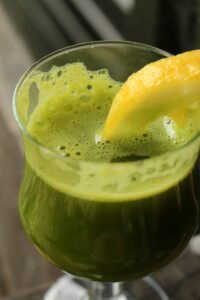
Thistle lemonade
fruits and vegetables that we typically eat contain 80% water and for leafy greens it’s up in the 90s. That gel locked in leaves is green water. So it appears that drinking green juices or smoothies or even chewing through a salad is more hydrating than drinking from a bottle of water. Why? Because the structure of that water transformed by the plants is a different water. Drinking thinner liquid H2O can flash flood our systems in as little as 10 minutes, pulling out nutrients and electrolytes. This is not to say we don’t need liquid but we do need a partnership with both types of water.
Thistle Green Lemonade
2 cups thistle greens, lightly chopped,
4 cups water
, 2 apples (or two tablespoons honey)
2 lemons, juiced.
Blend all the ingredients well and strain out the pulp.
Enjoy fresh! (From The Wild Wisdom of Weeds by Katrina Blair)
Hydrating with plants means we are getting water perfectly packaged with nutrition and a mix of fibers which helps it to be absorbed. Right now after all this rain there are so many lush plants to turn into juices, smoothies or salads that will nicely hydrate you. So let plants be your water bottle!
I wish you all a very restful and festive holiday season!
References:
How to Grow Water — It’s Not Only Blue, It’s Green | Gina Bria | TEDxNewYorkSalon
Water, Cells, and Life | Dr. Gerald Pollack | TEDxNewYorkSalon
